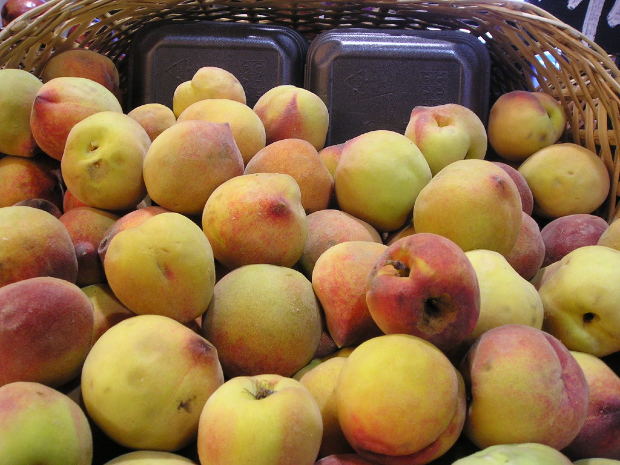 Loading... Please wait...
Loading... Please wait...Save Money. Grow Your Own!
Fast Plain Box Shipping.
We ship to the US & Canada.
Grow Your Own!
What is "CatFacing" and what can you do about it?
Posted on 11th Nov 2015
Catfacing is a kind of disfigurement or scarring that happens to plants for a number of reasons. It often occurs near the blossoms on one side of a plant fruit.
Growers have to look out for these kinds of conditions to benefit from healthy crop cycles and good harvests. Knowing more about things like catfacing will help beginners to set up their initial hydroponics projects, and it will help seasoned veterans to keep improving their trial and error processes.

Why Does Catfacing Happen?
There are a number of reasons that plants can experience catfacing.
Some have to do with bugs -- for example, lugus bugs, box elder beetles and stink bugs are all known to contribute to catfacing in some kinds of plants. But pest invasions aren't the only reasons that plants can have these kinds of problems. Scientists also report that catfacing can be caused by poor soil conditions or even a drop in temperature in a grow area.
Growers who notice catfacing in plants might see small dimples appear on the surface of the fruit or they might see more extensive scarring spread out from a central point. Sometimes, the fruit doesn't have scarring but it just looks kind of squished together in a certain area. You can see this with tomatoes, apples and many other kinds of plants that have round fruits. Peaches are another plant that are often known for experiencing catfacing problems.
Catfacing Prevention
Because catfacing happens for a number of reasons, preventing it in plant fruits requires the same kind of comprehensive maintenance that growers do for other conditions and for generally good plant outcomes.
First, it's important to seal off plants from many kinds of potentially disruptive pests. This is relatively easy in closed grow systems, but may require attention to ventilation areas and other ways that bugs can get into the grow space.
In addition, make sure that nutrient mixes are correct and that plants have a good temperature, humidity and pH value to thrive.
All of these kinds of atmospheric issues are critically important for making sure plants don't succumb to catfacing or any other types of harmful insect damage, bacterial invasion or other dire problems.
This is just a start to what hydroponics growers have to think about when designing plant cycles that work. For more, take a look at the Dealzer webpage with over 5000 products for your next hydroponic project.
